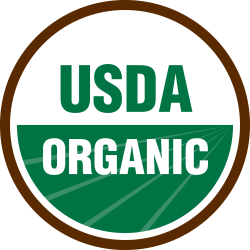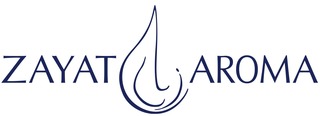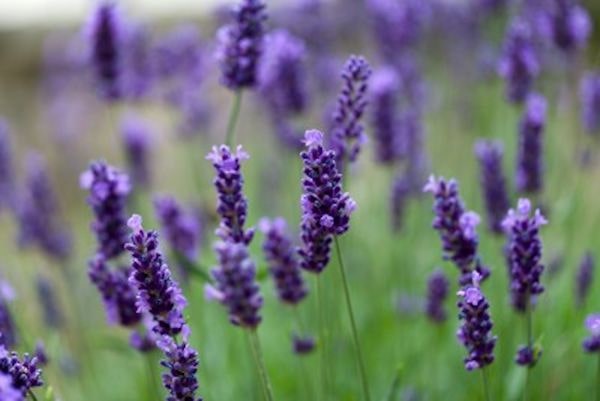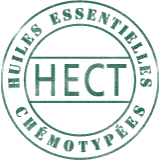Lavender,
Lavender, organic Greece 

Infused oils (Herbal/floral oil)
Botanical name: Lavandula angustifolia & Prunus dulcis
Plant Part: flowers
Extraction method: maceration of organic plants in organic almond oil.
Origin: Greece
| 10.00$ |
Free shipping for online orders of more than 69$, before taxes, within Canada.
(View the maximum available formats for free delivery)
Cautions and warnings:
Do not use pure essential oils. Essential oils are diluted in a vegetable oil when applied to the skin. Carry out a skin tolerance test in the crook of your elbow and wait 48 hours before using the oil on the skin. Do not use the essential oil if you notice a reaction such as redness, itching or stinging.
Keep out of reach of children.
If accidental ingestion occurs, seek urgent medical attention or contact a Poison Control Center.
Avoid contact with eyes and mucous membranes. Essential oils should not be applied to the eyes, the eye contour area, neither into the ears. In case of contact, apply a plenty of vegetable oil and take promptly medical advice.
If symptoms persist or worsen when using essential oil, consult a health care practitioner.
If you have epilepsy or asthma, consult a health care practitioner prior to use.
Avoid exposure of applied area(s) to the sun.
Contraindications:
If you are pregnant or breastfeeding, do not use essential oils.
Known adverse reactions:
If you experience nausea, dizziness, headache or an allergic reaction, discontinue use.
Storage:
Store in airtight, light-resistant container at room temperature.
Responsibility:
The information contained on our site is presented purely for information purposes and cannot, in any case, bind the responsibility of the company. In no way does this information constitute a recommendation for preventive or curative treatment, prescription or diagnosis, nor should it be considered as such.
 Words by Anny Schneider
Words by Anny Schneider
This oil is the result of the maceration of flowering tops bloomed from lavender ears in organic sunflower oil of 1st cold pressing, then carefully filtered.
It is antiseptic, calming and regenerating.
Origin
Maceration of Lavender flowers grown in Greece in sweet almond oil.
Properties
Inhaling true lavender essential oil improves menopausal hot flushes.
Healing of episiotomies: the application of fine lavender essential oil leads to a reduction in pain ( https://pubmed.ncbi.nlm.nih.gov/21168115/ )
Suggestions for use
Diffusion
Leg self-massages in synergy with Citrus aurantium significantly improves the quality of life of hemodialysis patients ( https://pubmed.ncbi.nlm.nih.gov/32889038/ ).
Flavoring of cosmetics, washing products, polishing waxes, fragrances.
Cautions
Keep away from children, air, heat and light.
- Excellent safety, tolerance, reliability
- Avoid during the first three months of pregnancy
- Respect dosages in children, avoid prolonged treatments
- Do not get in eyes
More information
Lavender officinalis is also called true lavender (Lavandula vera) or narrow-leaved lavender (L. angustifolia).
Commonly, true lavender is also called "wardrobe" for its ease in repelling insects and scenting laundry in old wardrobes.
It is a small shrub that likes the hot and dry regions of the Mediterranean.
It is common and characteristic of the landscapes of Provence, Bulgaria or Greece.
Its essential oil has had an AOC (Appellation d'Origine Contrôlée) since 1981, like the great wines.
The best fine lavender is from the wild population: all the plants are different, to be differentiated from the so-called clonal lavenders, resulting from the selection of all identical clones, more resistant and with better yield, which are reproduced by cuttings.
It is easy to confuse it with other lavenders but if you look closely you can see that its leaves are narrower than those of spike lavender or wild lavender (Lavandula latifolia) and that its flower stalks are shorter.
Similarly, if it looks like lavandin, it has more camphor in its essential oil and is therefore easily recognizable.
The creator of the term "Aromatherapy", René-Maurice Gattefossé, cured himself of an infection that was beginning to gangrene, due to a burn in his laboratory, thanks to repeated applications of essential oil of fine lavender impregnating a tulle fat.
Main components of essential oil
- Esters: linalyl acetate (30 - 55%), terpenyl acetate, lavandulyl acetate > 0.2%
- Monoterpene alcohols: linalool (20 - 35%), terpinene-1-ol-4 (= terpinene-4-ol), lavandulol
- Monoterpenes: cis-beta-ocimene, trans-beta-ocimene, limonene
- 1,8-cineole, camphor
- Sesquiterpenes (caryophyllene epoxide)
- Coumarin, herniarin
For further information about this product or to inquire about larger quantities, please send us an email and we will get back to you as soon as possible.
The availability and price of this product may vary without prior notice, if for some reason the quantity you have requested is currently unavailable, we will contact you shortly to discuss the best options to fulfill your needs.
Log in
Subscribe to our newsletter here!
All rights reserved © 2024 - ZAYAT AROMA
Terms & conditions | Security & privacy






